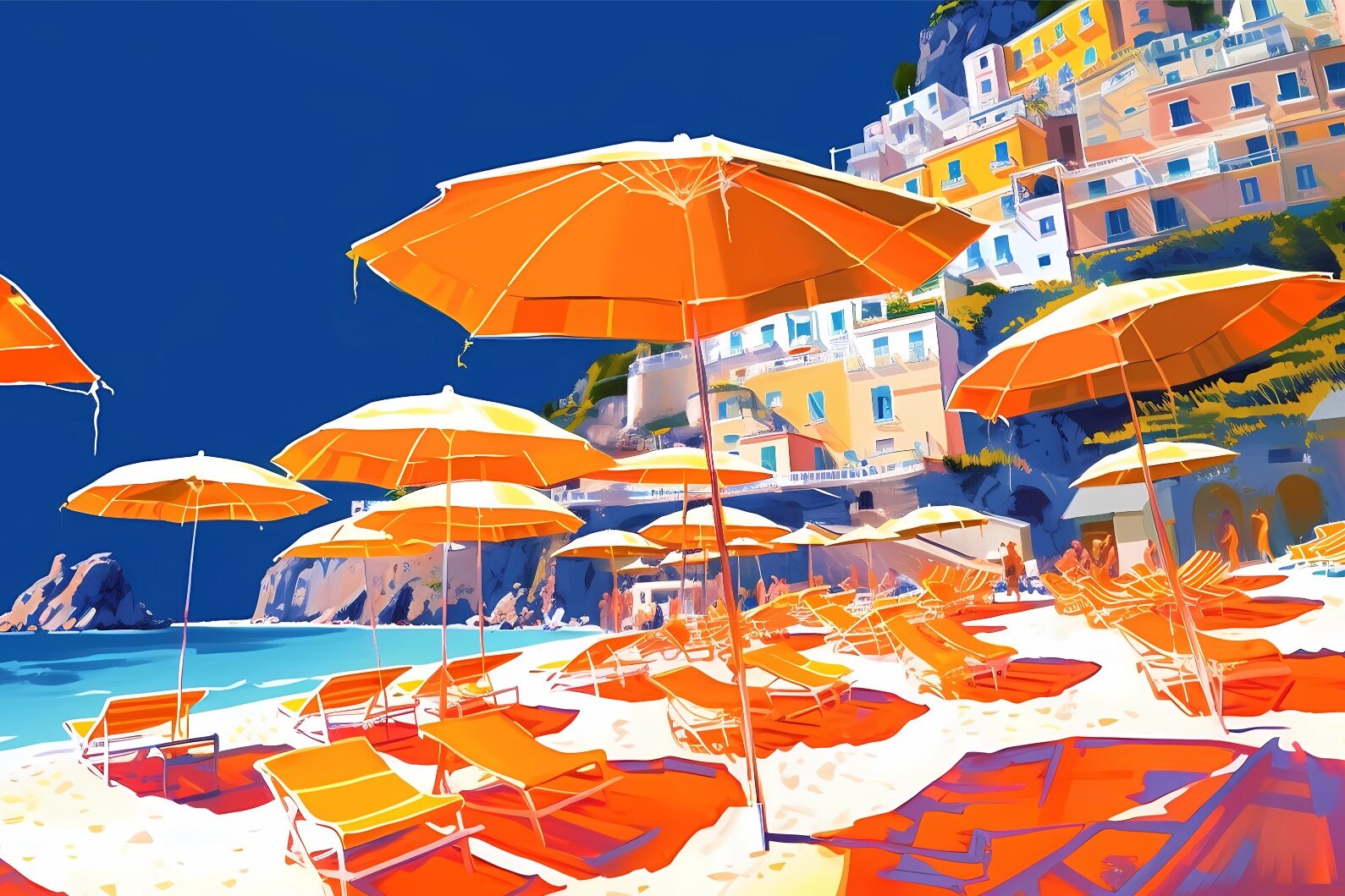Now that spring has sprung, the Italian Cemetery in Colma has once again begun to offer Italian Heritage Tours of their grounds. One of the biggest “aha moments” of the tour starts out as a simple quiz on local Italian-American history.
Those taking the tour are asked, “Does anyone know the original name of the Bank of America?” Inevitably, the group yells out in unison, “The Bank of Italy!”
Little do they know they are being set up. “That’s right! And what was the name of the first president of the Bank of Italy?” In unison once again, the group proclaims, “A.P. Giannini!”
“Wrong! The first president of the Bank of Italy was…Antonio Chichizola.” Stunned silence usually follows.
“Alright, does anyone know the name of the second president of the Bank of Italy?” A few brave souls respond, “Was it…A.P. Giannini?” They are disappointed to discover that the second president of the Bank of Italy was in fact A.P. Giannini’s step-father, Lorenzo Scatena, and that Giannini was actually the third president.
A.P. Giannini
A.P. Giannini
Amadeo P. Giannini was working for his step-father when, in 1902, he was first asked to sit on the board of directors of the first Italian-owned bank in San Francisco. John F. Fugazi’s Banca Colombo—The Columbus Savings and Loan Society—had been founded by Fugazi in 1893 after he realized that the Italian immigrants of North Beach were asking him to hold on to their money, not just because he was the most trusted man in the Colony, but also because he owned the only safe in North Beach.
Shortly after Fugazi tapped the young Giannini to serve on his board, trouble began. Giannini—with no banking experience at all—began to tell
Fugazi how to run his own bank. Needless to say, Giannini’s tenure was short-lived; he resigned in 1904.
He told his step-father that he wanted to start a rival bank. He raised the capital needed and put together a group of founding directors. Among them were two other members of Fugazi’s board of directors: Lorenzo Scatena and Antonio Chichizola. But once the new bank was incorporated, it was not the young and inexperienced Giannini who was elected to be the first president of the Bank of Italy—it was Chichizola.
Antonio Chichizola was born in Zoagli, in the province of Genoa on October 8, 1838 and emigrated with his brothers Augusto and Luigi, arriving in Boston, Massachusetts in 1848. Luigi continued on to settle in New Orleans, but Augusto and Antonio sailed to the Isthmus of Panama, and made their way across by boat, horseback, and on foot. Jumping aboard a freighter, they sailed up the coast to San Francisco. They were anxious to make their fortunes in the diggings and immediately took a stage coach to the gold country. Like so many others, they were disappointed, and had to find other ways to survive.
They decided that if they couldn’t make their fortunes mining the mines, they would make their fortunes mining the miners. They travelled to Jackson Gate in Amador County where over 500 miners had set-tled. They went into the mercan-tile business, taking orders throughout the area on horse-back and delivering supplies to miners by wagon. In 1858, Antonio Chichizola left Jackson Gate and moved to Indian Gulch in Mariposa County, where he opened his own store.
Chichizola eventually made his way down to San Francisco, where he continued to prosper as an importer. He became a prominent member of the Italian Colony, and was respected by everyone as an honest and suc-cessful businessman. Now in his mid-sixties, he was asked to serve on Fugazi’s board of directors.
But more often than not, he often found himself in agreement with the young Giannini on a number of issues, including lending more money to those who traditionally could not receive a bank loan, and expanding the bank’s reach to non-Italians. When Giannini left the Columbus Savings and Loan Society to try to start a rival bank, it was Chichizola who brought along his influence, prestige and financial resources to the new venture.
In 1905, Chichizola retired from the board of directors of the Bank of Italy and Giannini’s step-father Lorenzo Scatena became president, partly because of the affection shown by his step-son. But it was just a matter of time before Giannini himself stepped up to the presidency, made a fortune, and created what would be the future Bank of America.
Antonio Chichizola, like so many other pioneers of the Italian Colony of San Francisco, has all but faded from our collective memory. Giannini certainly deserves the credit for all that he accomplished, but it is Antonio Chichizola who will always hold his place in history as the first president of what would become the largest bank in the world.
Nickolas Marinelli serves as the Director of Community Relations at the Italian Cemetery in Colma. He would appreciate your feedback, comments and suggestions for future columns. Nickolas can be contacted by e-mail at: Nickolas@ Nostra Colonia.com




























